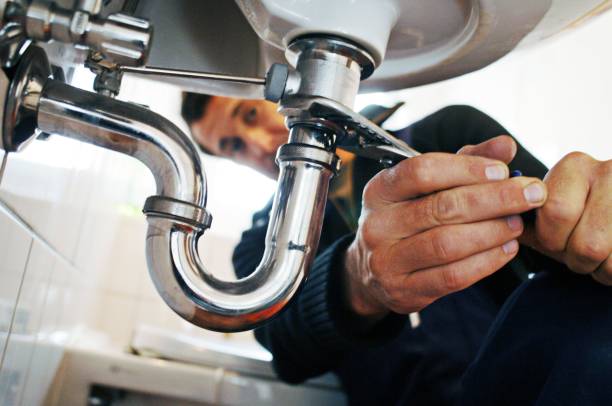Among the many questions, you might have about solar panels is what are the common reasons for solar panel repairs. These reasons include Water damage, Micro-cracks, and Faulty inverters.
Micro-Cracks
Despite solar panels’ good performance, there are some reasons why they may need to be repaired. Micro-cracks are one of the most common reasons for this. These tiny cracks can be challenging to spot. They are often invisible to the naked eye but can disrupt energy flow. A solar panel with micro-cracks can reduce its power output by up to 20 percent. Stress and irregularities in the handling and transport of the panels cause microcracks. This can occur during shipping or in storage. Other factors can also cause micro-cracks, including weather conditions. According to experts like EMT Solar, when microcracks occur, they can increase the cell’s internal resistance, increasing the temperature. This can lead to catastrophic failure. If microcracks are severe, they can burn the cells, affecting the panel’s power output. They can also cause hot spots, which are areas where the internal resistance of a cell increases. Depending on the severity, these areas may need to be repaired or removed. Some solar panel manufacturers use electroluminescence (EL) crack detection equipment to spot internal defects. This method uses the EL principle of crystalline silicon to detect hidden defects.
Dust Build-Up
Keeping your solar panels clean is a great way to maximize energy output. A clean panel will look sleeker, last longer, and require fewer repairs. However, cleaning solar panels can be challenging. Often, it requires special equipment, safety precautions, and a lot of patience. The best time to clean your solar panels isn’t when the panels are turned on. Instead, cleaning them when the sun isn’t too high or too low would be best. This will help prevent a sudden surge in water pressure. You might burn yourself if you clean your panels on a hot day. Solar panels can be cleaned infrequently, but it is a good idea to do it once a year. The right cleaning techniques can prevent energy loss from dust and dirt build-up. One way to clean solar panels is with a garden hose. However, you need to be careful with the water and the nozzle. Cold water on a hot panel could cause cracks.
Water Damage
A solar panel is a great way to save on utility bills and help the environment. However, these panels are vulnerable to damage from the elements. The best way to avoid costly repairs is to conduct regular maintenance checks. These checks can help keep your solar panels in great shape. If you cannot perform this task yourself, consider hiring a licensed solar panel installer to perform the work for you. One of the most common reasons for water damage to solar panels is when seals wear out. This allows moisture to seep into the panel, degrading its components and to cause short-circuiting. This can cause the panel to produce less energy and raise utility bills. However, this common problem can be fixed with the right repair procedures. One of the best ways to prevent water damage to solar panels is by installing a water-resistant cover. This can be made out of polyurethane. However, more than installing a cover alone is required. It is also a good idea to reseal the panel as well.
Ground-Fault Circuit Interrupters
Generally speaking, ground-fault circuit interrupters is a technology that monitors the amount of current that is being run through a circuit. If the current increases, the device cuts off power. This is done to protect people from electrical shock. Ground-fault circuit interrupters are typically found in bathrooms, laundry rooms, kitchens, and outdoor areas. The circuit interrupter has an onboard breaker that shuts down power when the amount of current running through the circuit is at a predetermined level. Ground faults happen when electrical current follows an unplanned path to the ground. It is generally caused by worn or defective wiring, water, dust, or other “soft grounds.”
The National Electrical Code defines a ground fault as an unintentional electrical path to the ground. These types of faults result from the deterioration of the wires’ insulation. They can also be caused by water leaking into the breaker box.
Faulty Inverters
The solar inverter is crucial whether installing a new solar system or upgrading your current one. If it’s faulty, it can result in a surge in your electricity bills. To avoid this, it’s essential to know what signs to look for when repairing your solar inverter. First, you should know that solar inverters are complicated devices. To repair one, you’ll need to know the manufacturer’s specifications for your model. If you’re unsure about these, you can consult a professional. Using a voltmeter, you can test the output of your inverter. You should also check the battery connection. You should replace the battery or replace the fuse. The inverter won’t function properly if the battery isn’t connected correctly. You should also test the inverter’s cooling system. Faulty inverters can overheat, causing several problems. You’ll also want to check the inverter’s fault codes. This should be done using a diagram of your inverter. You can also check the inverter’s lights. If the screen displays an error message, your inverter may malfunction.




Leave a Reply
You must be logged in to post a comment.